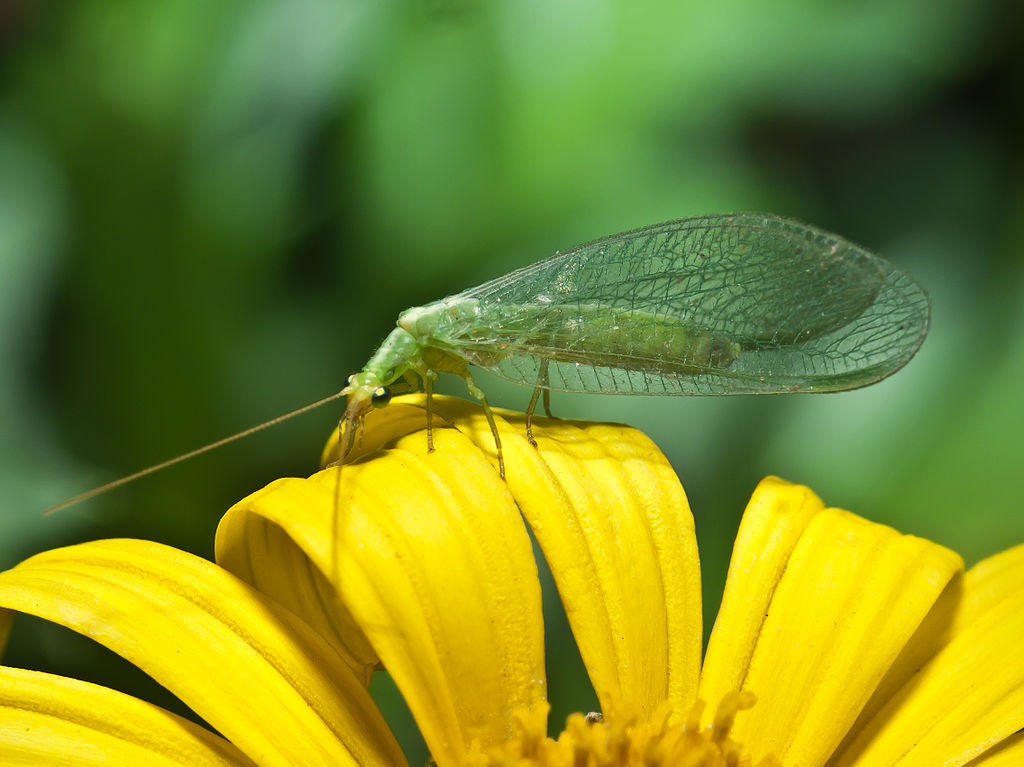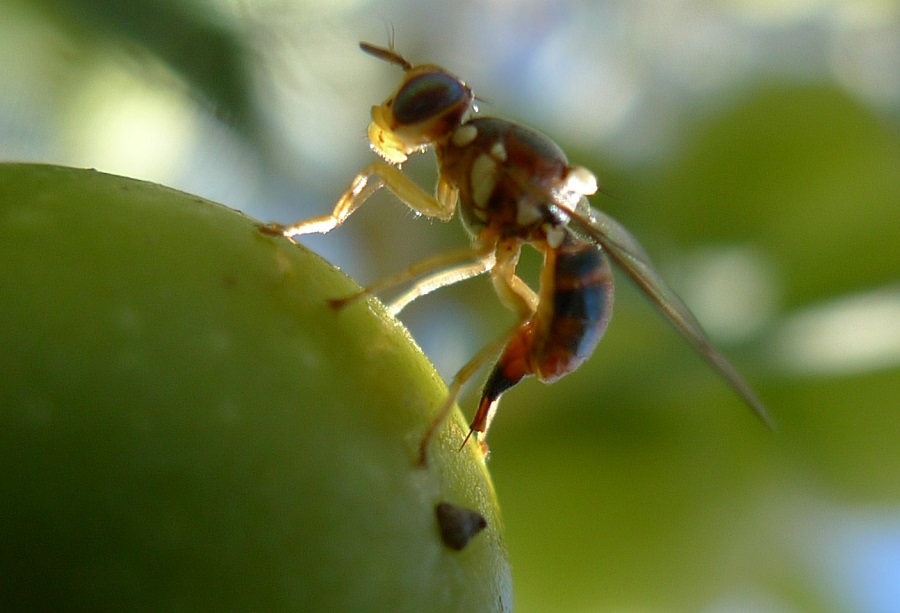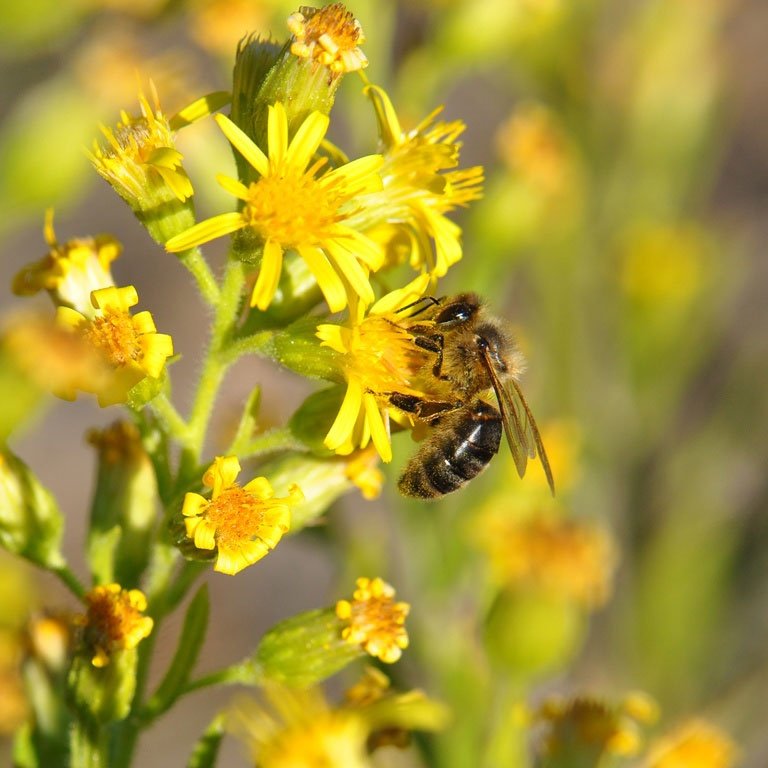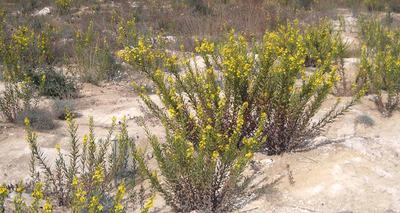The olive tree ( Dittrichia viscosa ), also known as herba pudenta, pegamosques, olivardeta or tabac bord , is a wild plant that grows on the edges of fields and is often seen as a weed. However, in the cultivation of the olive tree, this plant has a much more interesting role than one might think. In Castelldans, many farmers have learned to live with the olive tree and take advantage of its benefits.

Natural pest control
One of the most outstanding aspects of the olive grove is its ability to attract beneficial insects . This plant attracts natural predators of the olive fly ( Bactrocera oleae ) , one of the most damaging pests for olive fields. Among these insects are lacewings and some types of parasitoid wasps, which help to control the population of this pest naturally, reducing the need for chemical treatments.


Improving biodiversity and sustainability
The presence of olive trees in the fields contributes to a more balanced ecosystem. In addition, it helps to fix the soil and prevent erosion , a common problem in areas of intensive agriculture. This plant also provides food for bees and other pollinators, promoting biodiversity.

Tradition and future of olive cultivation
In the past, many farmers eliminated the olive grove, thinking that it was detrimental to crops. However, today its value is recognized and more and more olive growers are choosing to preserve it on the edges of the fields. This practice fits in with a more sustainable and environmentally friendly agriculture.
The olive tree, far from being an enemy, is a great ally for the production of quality extra virgin olive oil. In Castelldans, where the olive growing tradition is kept alive, this plant is part of the landscape and the agricultural knowledge of generations.
